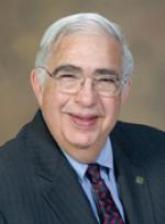News

The Medical Roundtable: Bone Density: Diagnosis and Management—What Is the True Burden of Disease?
- Author:
- Eric P. Gall, MD, MACP
- MacR
Publish date: July 31, 2014
News

The Medical Roundtable: Osteoarthritis Coping Guidelines for the Elderly
- Author:
- Eric P. Gall, MD, MACP
- MacR
Publish date: July 30, 2014
